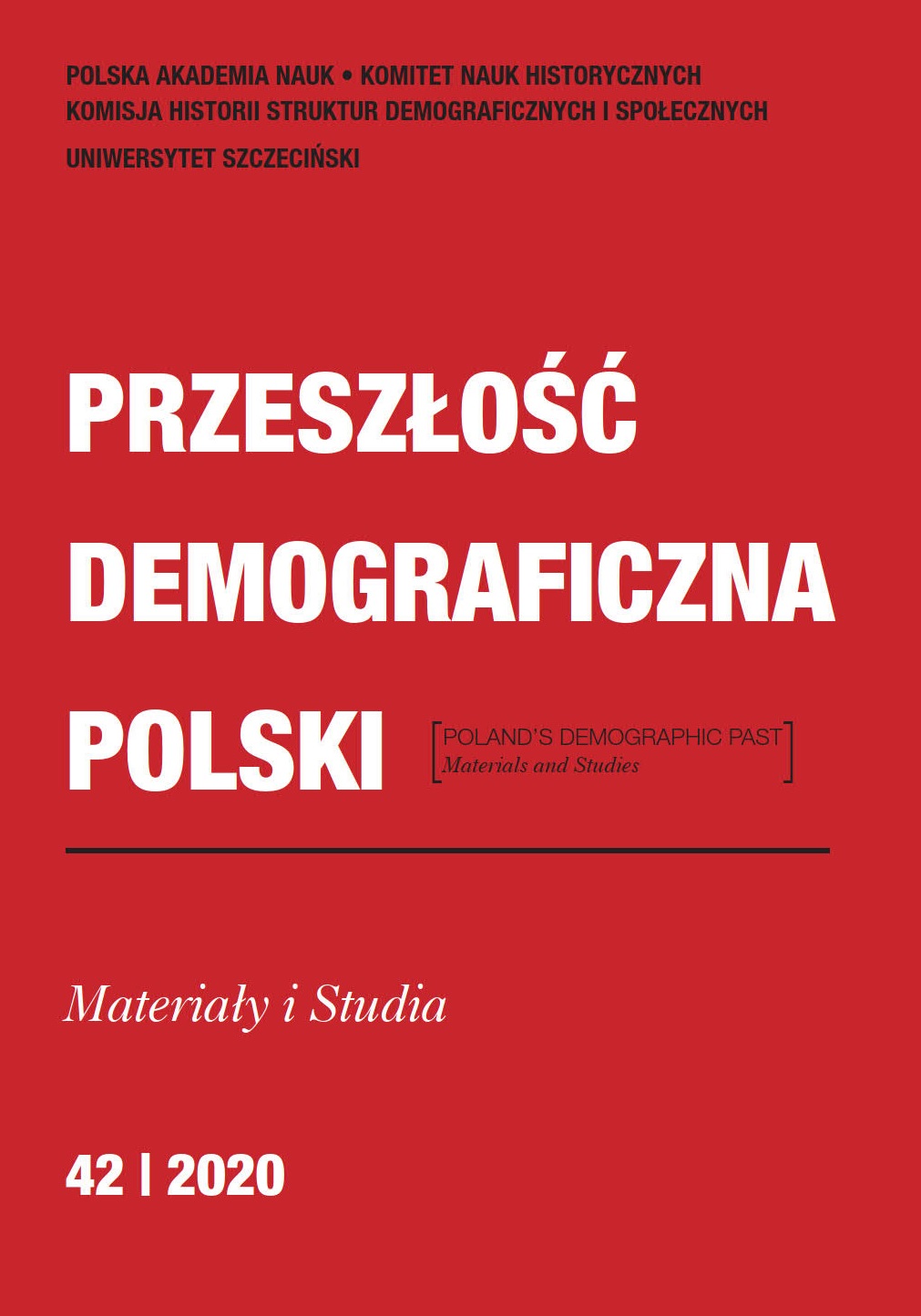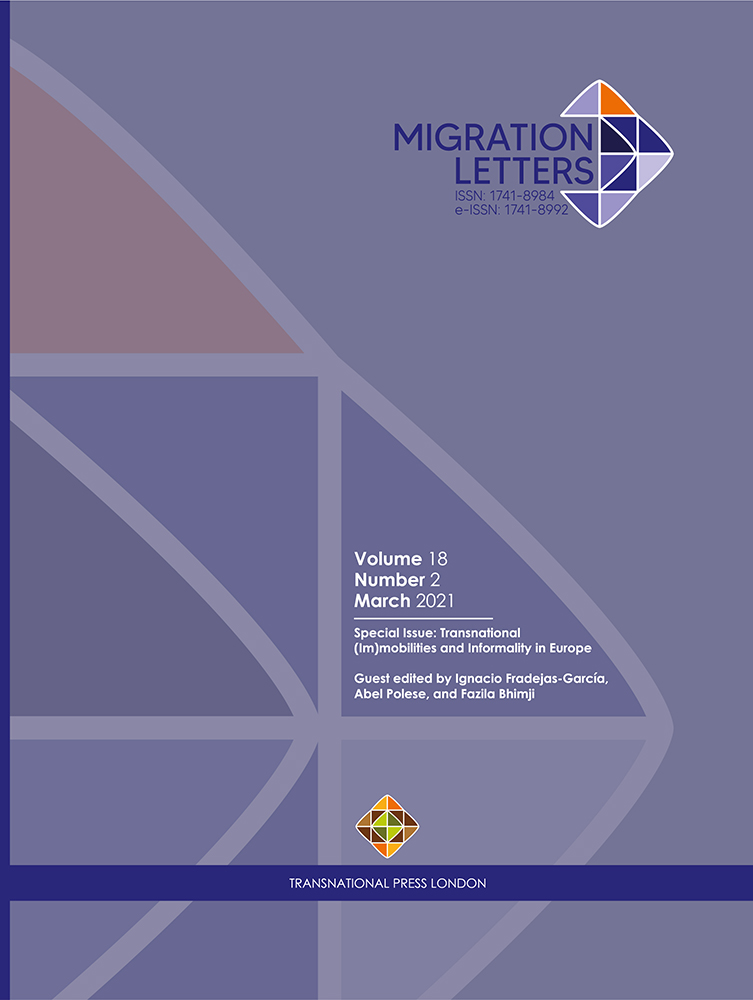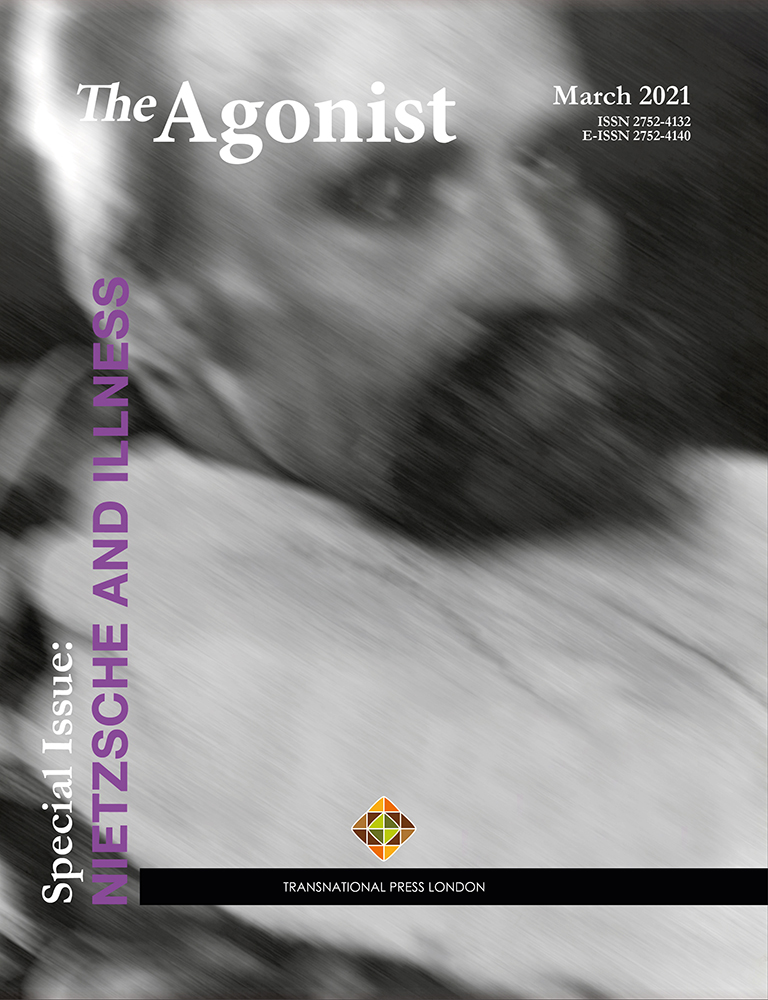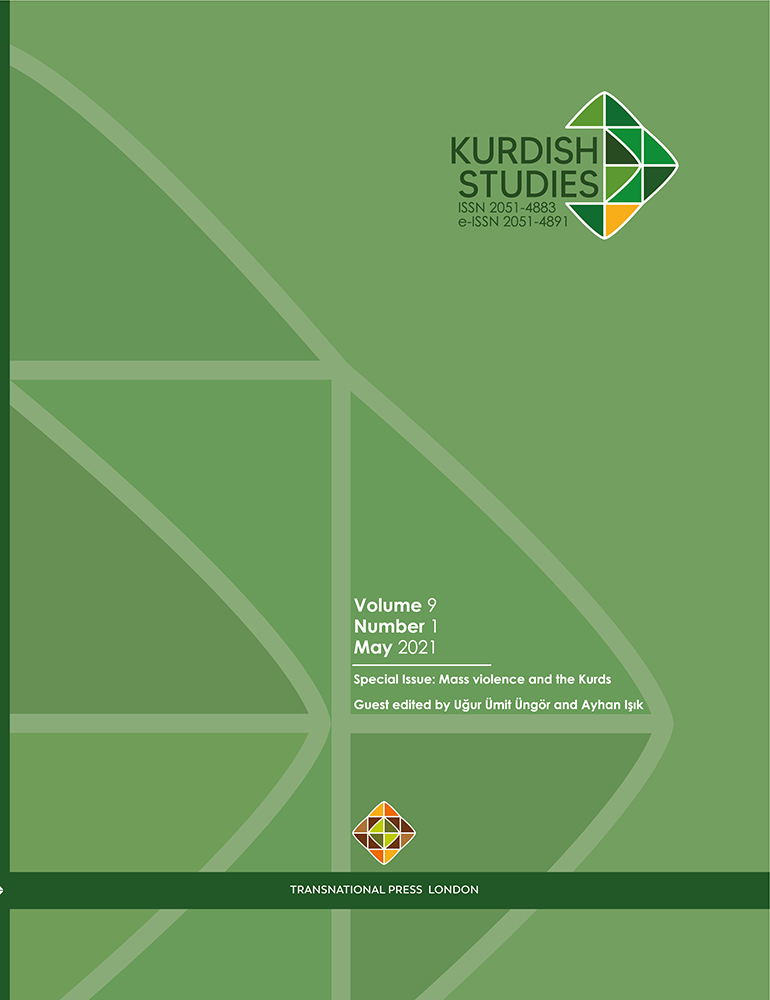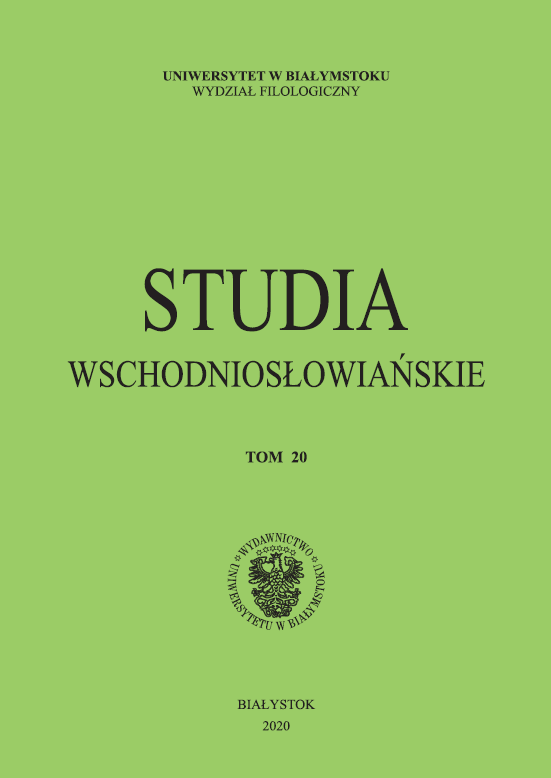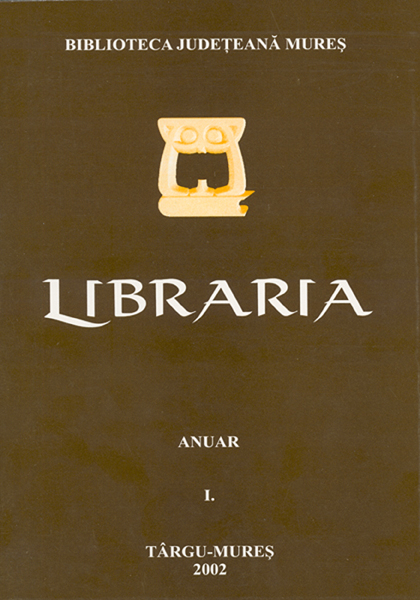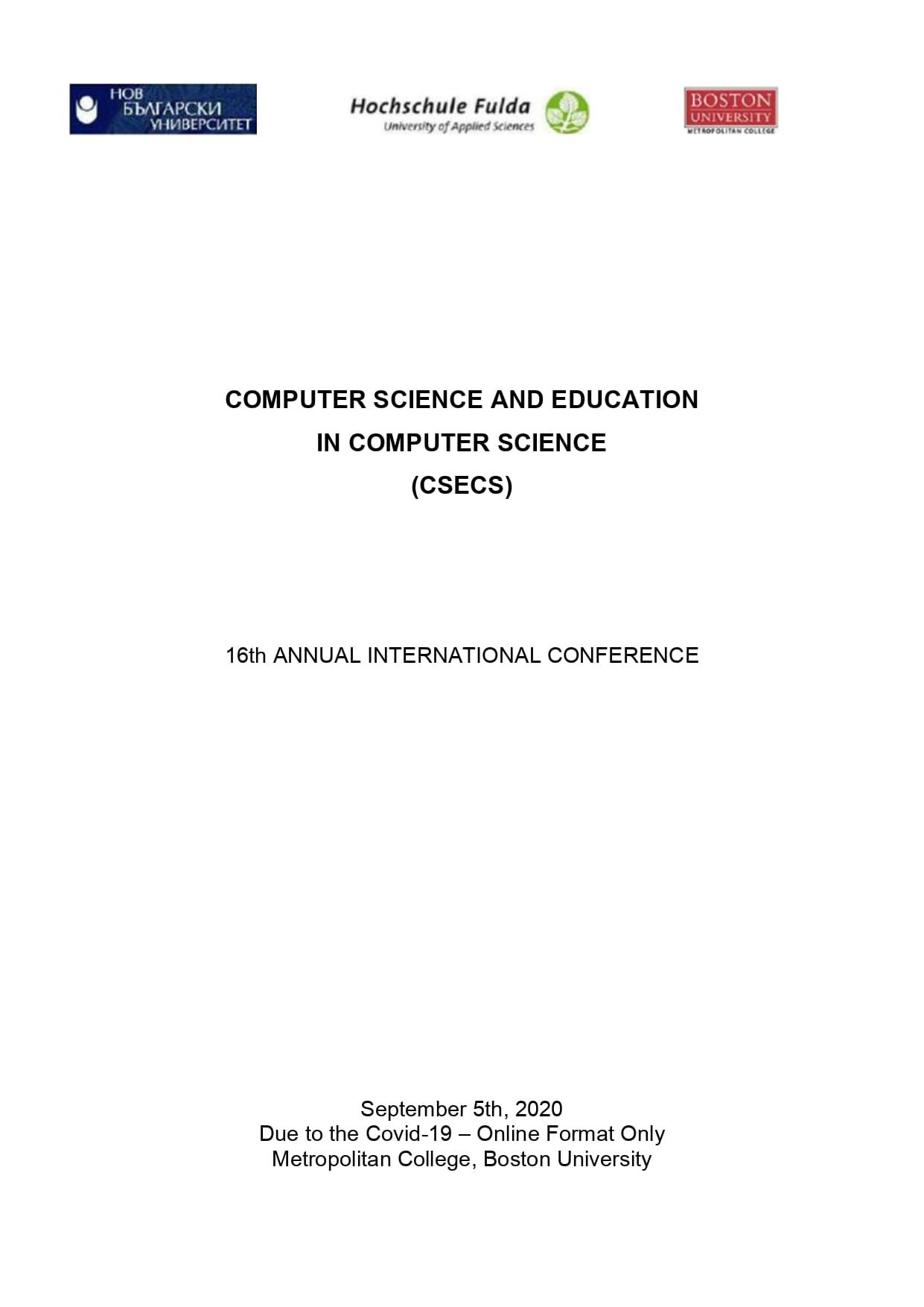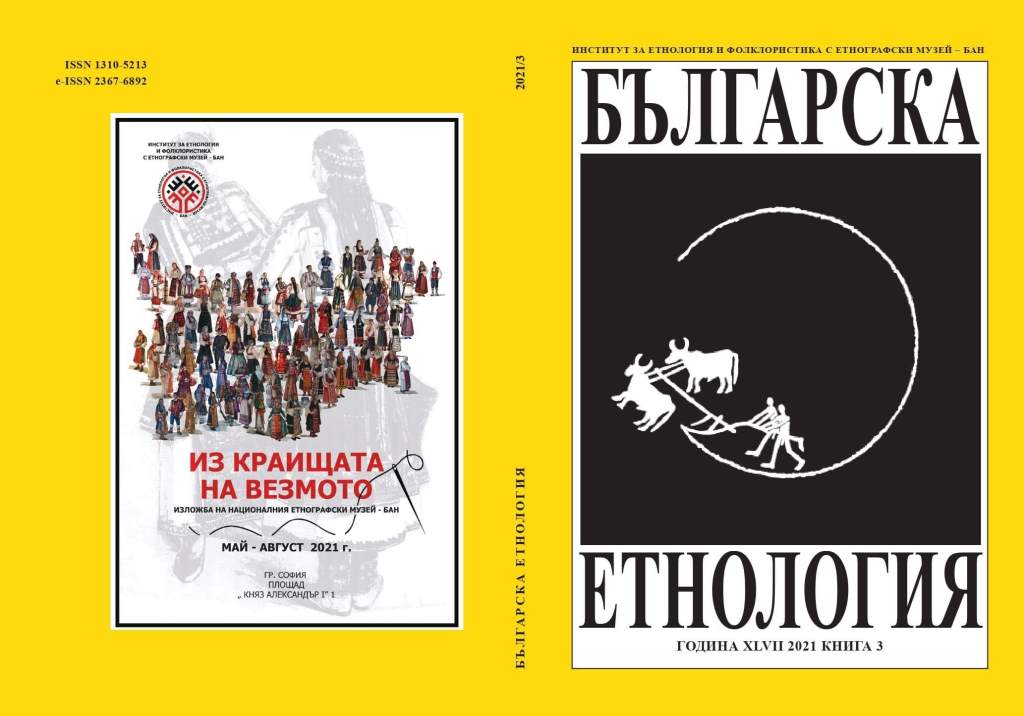Author(s): Marlene Schäfers / Language(s): English
Issue: 1/2021
Zerrin Özlem Biner, States of Dispossession: Violence and Precarious Coexistence in Southeast Turkey, Philadelphia: University of Pennsylvania Press, 2020, 264 pp., (ISBN 9780812251753).
Salih Can Açıksöz, Sacrificial Limbs: Masculinity, Disability, and Political Violence in Turkey, Oakland: University of California Press, 2020, 272 pp., (ISBN: 9780520305304).Reviewed by Marlene Schäfers, University of Cambridge, United Kingdom
Andrew Bush, Between Muslims: Religious Difference in Iraqi Kurdistan, Stanford, CA: Stanford University Press, 2020, 240 pp., (ISBN: 9781503611436).Reviewed by Metin Atmaca, Social Sciences University of Ankara, Turkey
Mneesha Gellman, Democratization and Memories of Violence: Ethnic minority rights movements in Mexico, Turkey, and El Salvador, London and New York: Routledge, 2018, 226 pp., (ISBN: 9781138597686).Reviewed by Vera Eccarius-Kelly, Siena College, United States
Seevan Saeed, Kurdish Politics in Turkey: From the PKK to the KCK, London and New York: Routledge, 2017, 150 pp., (ISBN: 978-1-138-19529-5 (hbk); 978-1-315-63848-5 (ebk)).Reviewed by Michael M. Gunter, Tennessee Technological University
Mohammedali Yaseen Taha, Media and Politics in Kurdistan. How Politics and Media are Locked in an Embrace, London: Lexington, 2020, 145 pp., (ISBN: 9781793611031).Reviewed by Kerem Schamberger, Ludwig-Maximilians-University Munich, Germany.
Philip G. Kreyenbroek and Yiannis Kanakis, "God First and Last": Religious Traditions and Music of the Yaresan of Guran. Volume I: Religious Traditions, by Philip G. Kreyenbroek, Wiesbaden: Harrassowitz Verlag, 2020. XIV+188 pp., (ISBN 9783447114240).Reviewed by Martin van Bruinessen, Utrecht University, Netherlands
Seyedeh Behnaz Hosseini, The Yārsān of Iran, Socio-Political changes and Migration, Singapore: Palgrave Macmillan, 2020, 229 pp., (ISBN 978-981-15-2634-3).Reviewed by Hamidreza Nikravesh, Free University of Berlin, Germany
Mohammed Ihsan, Nation building in Kurdistan: Memory, Genocide and Human Rights, New York: Routledge, 2017, 194 pp., (ISBN: 9781472466792).Reviewed by Ugur Ümit Üngör, NIOD Institute, University of Amsterdam
More...
